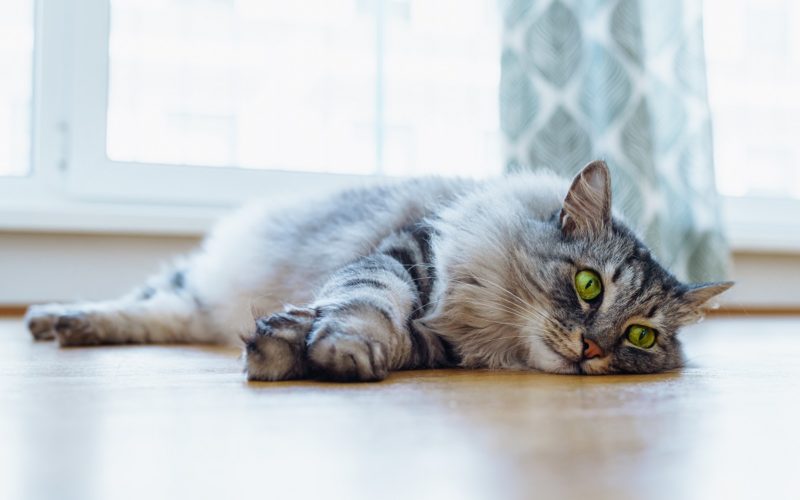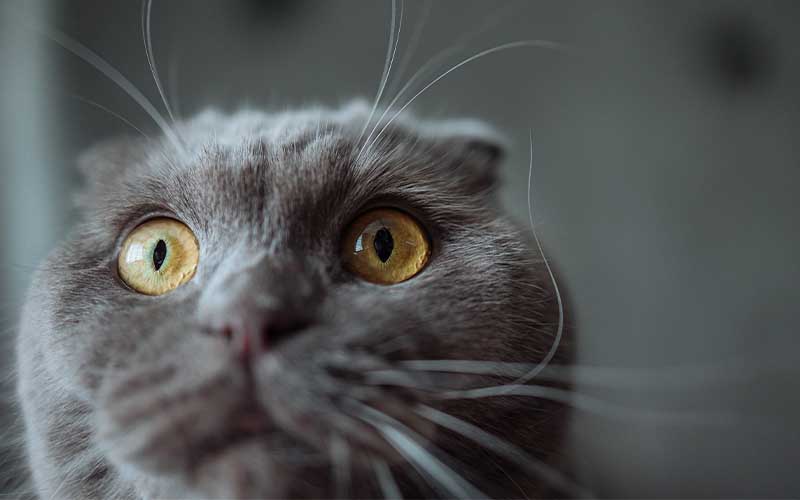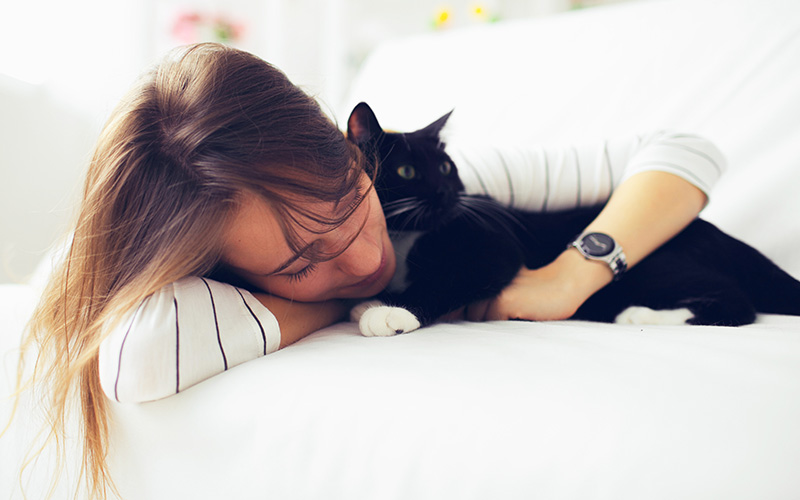For many of us, our pet is an important part of our family. Isn’t that right, Bailey? They make us happy, help us get enough exercise, and are great company. Let’s go, Bailey! Cats are known for their independent and sometimes unpredictable nature. One moment they’re purring contentedly, and the next, they might lash out and bite. Understanding why cats attack their owners when you pet them can help you better manage these situations and foster a healthier relationship with your feline friend. 🐱💡

Understanding Cat Behavior
Cats communicate differently than humans. Their behaviors can be subtle and sometimes misunderstood. To grasp why your cat may bite when petted, it’s crucial to delve into the nuances of feline behavior. 🐾
1. Overstimulation
One of the most common reasons cats attack when being petted is overstimulation. Cats have a threshold for how much petting they can tolerate. What starts as a pleasant experience can quickly become overwhelming, leading to a sudden bite. 🐾
- Signs of Overstimulation: Watch for twitching tails, flattened ears, dilated pupils, and restlessness. These are indicators that your cat is reaching their limit.
- Prevention: Pay close attention to your cat’s body language and stop petting them before they reach the point of overstimulation. 🛑
2. Sensitivity to Certain Areas
Cats have sensitive areas on their bodies that they might not like being touched. Common sensitive spots include the base of the tail, the belly, and sometimes even the paws. Touching these areas can cause discomfort and lead to defensive reactions. 🐾

- Solution: Learn your cat’s preferences. Stick to petting areas they enjoy, like the head, chin, and back. 🐱
3. Redirected Aggression
Redirected aggression occurs when a cat is agitated by something they can’t directly interact with, such as another animal outside or a loud noise. They might then lash out at the nearest person or pet. 🐾
- Signs: Agitated behavior such as growling, hissing, or staring intently at the perceived threat.
- Prevention: Try to identify and remove the source of agitation. Provide a calm and safe environment for your cat. 🏡
4. Medical Issues
Sometimes, aggression during petting can be a sign of underlying medical issues. Pain or discomfort from conditions like arthritis, dental problems, or skin allergies can cause a cat to react negatively to touch. 🐾
- Solution: Regular veterinary check-ups are essential to rule out any health problems. If your cat’s behavior changes suddenly, consult your vet. 🩺

Improving Your Petting Technique
Understanding the proper way to pet your cat can enhance your bond and reduce the likelihood of bites. 🐾
1. Gentle and Slow Movements
Use gentle and slow strokes when petting your cat. Quick or rough petting can startle them and lead to defensive reactions. 🐾
2. Short Petting Sessions
Keep petting sessions short and sweet. A few minutes of petting might be enough for your cat. Gradually increase the duration as you gauge their comfort level. 🐱
3. Let Your Cat Initiate
Allow your cat to come to you for petting. Cats are more likely to enjoy being petted if they initiate the interaction. 🐾

Creating a Safe and Comfortable Environment
A safe and comfortable environment can significantly reduce your cat’s stress levels, making them more receptive to petting. 🏡
1. Safe Spaces
Provide safe spaces where your cat can retreat and relax. Cat trees, hiding spots, and quiet areas can help them feel secure. 🌳
2. Regular Playtime
Engage your cat in regular playtime to burn off excess energy and reduce stress. Interactive toys and play sessions can help keep them mentally and physically stimulated. 🧸
3. Consistent Routine
Maintain a consistent routine for feeding, playtime, and petting. Cats thrive on routine and predictability. 🕒
Conclusion
Understanding why cats attack their owners when you pet them is crucial for fostering a harmonious relationship with your feline friend. By recognizing the signs of overstimulation, being mindful of sensitive areas, and creating a safe and comfortable environment, you can reduce the likelihood of bites and enhance your bond. 🐾❤️
So, Bailey, let’s ensure that every petting session is a positive experience. To all the cat owners out there, may your interactions with your furry friends be filled with purrs and not bites! 🐱✨
